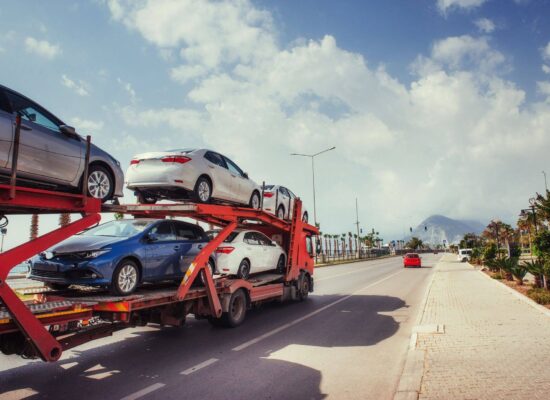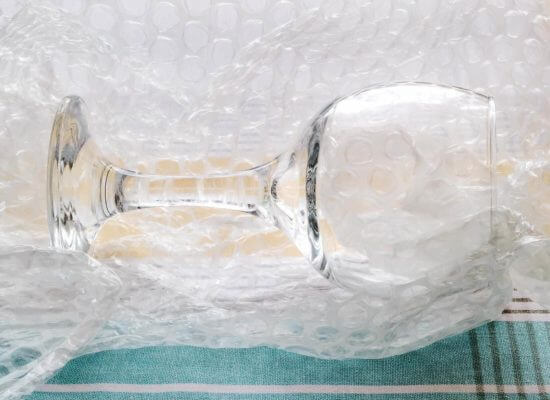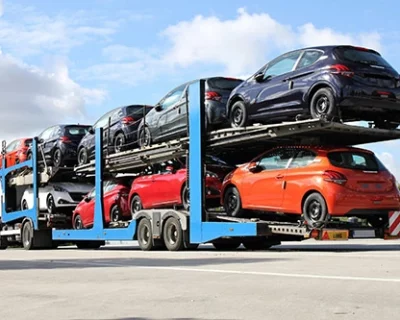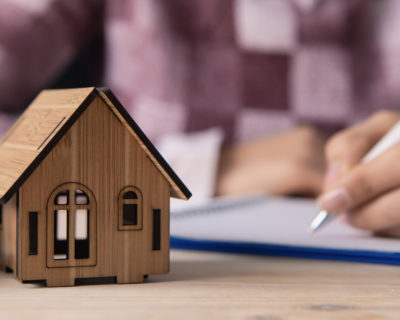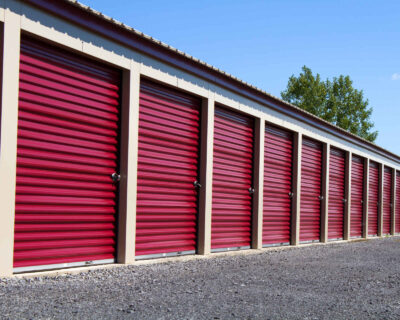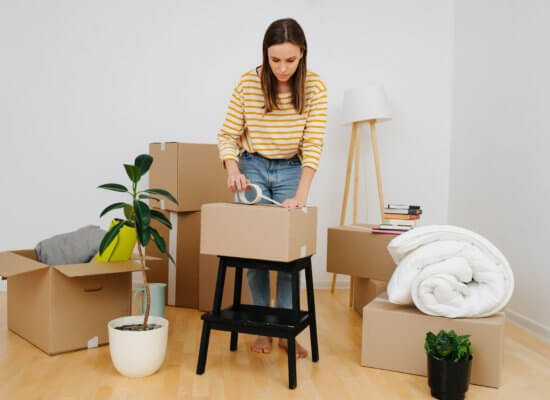Expert Strategies to Prevent Things From Breaking During Your Move
Cross-country moving doesn’t have to be a stressful ordeal. With these expert strategies, you can prevent things from breaking and focus on the excitement of setting up your new home. We will provide you with some of the best packing methods for moving, ensuring the safe transport of valuables and breakables to the future abode.
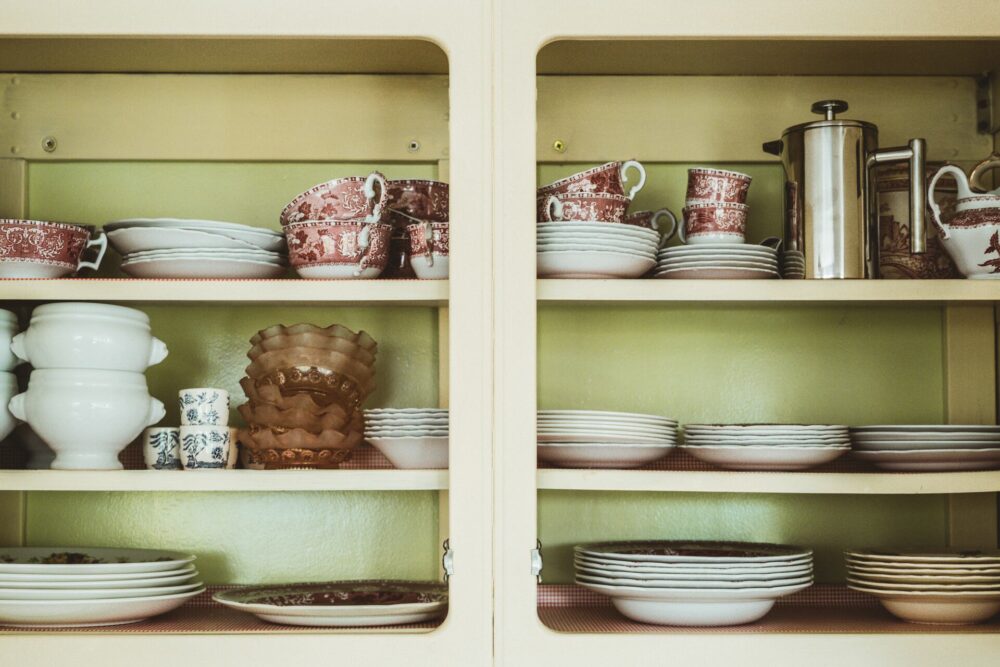
How to Prevent Things From Breaking
How to prevent damage when moving? To protect fragile items during relocation, it’s essential to employ a combination of careful planning, quality supplies, and strategic boxing-up techniques. Start by identifying items most at risk and invest in ample protective supplies to safeguard them. Innovative materials and custom solutions can offer additional security. Wrapping everything with care to minimize movement is key to moving breakables safely.
Additionally, understanding how to prepare and pack electronics, as well as implementing efficient handling and transporting techniques for valuables, are crucial steps. Choosing the right auto transport company, especially for long-distance relocations, ensures expert handling of your possessions. Professional packing services will provide the necessary moving supplies for fragile items and bring peace of mind, allowing a smoother transition to the new home.
You Have to Understand the Risks Involved
Being aware of relocation risks is crucial for ensuring an efficient relocation. Understanding what can go wrong helps you take proactive steps to safeguard your belongings throughout shipping.
Whether it’s a local move or an interstate journey, each process can present potential risks, whether handling, loading, or transporting. However, this knowledge empowers you to plan more effectively and ensure everything is protected all the way through.
Common Causes of Breakage During Moves
Several common mistakes contribute to breakage during transit. Poor packing and supplies can leave items vulnerable to impacts and vibrations, while incorrect stacking may result in crushed boxes and damaged goods.
Rough handling can lead to packages being dropped or crushed, which can cause immediate and obvious breakage. Recognizing these risks is the first step toward implementing measures that can significantly reduce the likelihood of damage.
Start by Identifying High-Risk Items
Identifying high-risk items is a vital part of this process. Stuff like glassware, dishes, electronics, and artwork are more prone to damage and require special attention. By identifying these things early on, you can allocate resources and time to ensure they are packed with the utmost care, using the right materials and techniques to minimize the risk of damage.
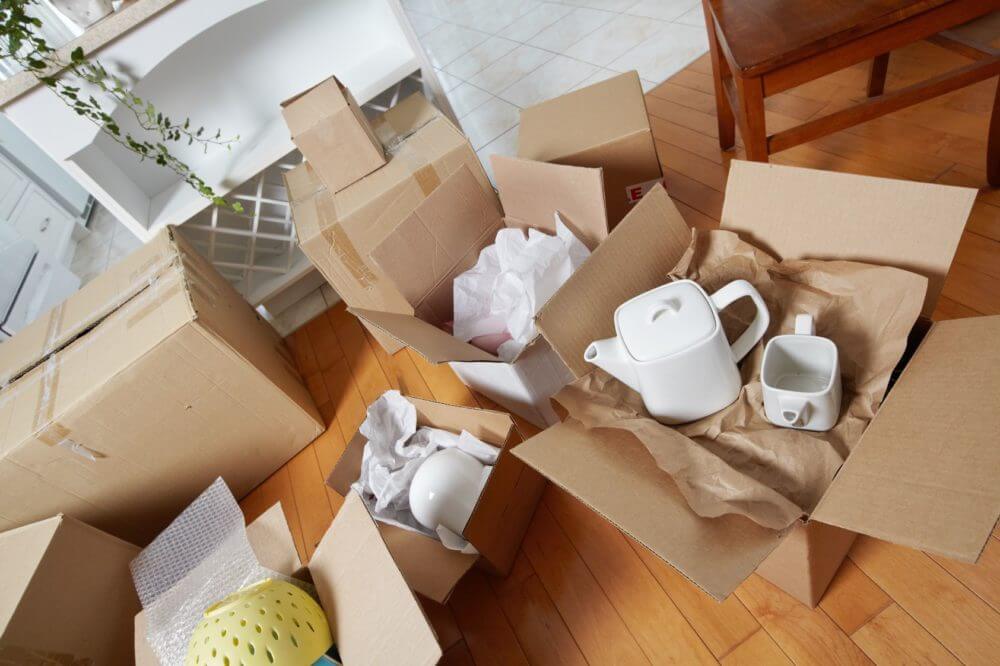
Choose the Right Packing Supplies
Selecting the right supplies is fundamental to ensuring a stress-free transition. Quality packing materials absorb shocks, prevent scratches, and shield impacts. They play distinct roles in safeguarding your possessions, making the difference between a successful relocation and a heartbreaking disaster. Here’s a list of different packing materials and their respective roles in this process:
- Bubble wrap – ideal for wrapping fragile items, bubble wrap provides a cushioning layer that absorbs impacts and vibrations, protecting belongings from breakage.
- Clean and tissue paper – perfect for wrapping breakables such as dishes and glassware. Packing and tissue paper prevent scratches and help keep everything clean, adding a layer of protection without bulk.
- Foam peanuts and sheets – foam peanuts fill voids in boxes, ensuring items remain stationary during transport. Foam sheets wrap around larger objects, providing a protective barrier against shocks and scratches.
- Sturdy or specialized boxes – sturdy boxes withstand the rigors of moving, while specialized boxes are designed for specific items like TVs or artwork. They offer tailored protection, fitting things snugly to prevent movement.
- Labels and markers – clear labeling ensures handlers know which boxes require extra care and helps in the organization and unpacking after relocation.
- Strong tape – securely seals boxes, ensuring they remain closed and protected throughout this journey. Strong tape also reinforces box edges, bottoms, and weak points, providing additional structural integrity.
Explore Different and Innovative Packing Materials and Techniques
As moving and packaging technology evolves, so do the protective materials and storing techniques. Innovations like foam pouches provide a snug fit, offering superior protection compared to traditional wrapping methods.
Custom crating is another option for high-value or unusually shaped objects where standard boxes won’t suffice. Crates are built to fit the exact dimensions of your items, ensuring they are immobile and shielded from any potential harm during transit. These newer options can seem like an additional expense but considering the value of stored things, they are often a worthwhile investment.
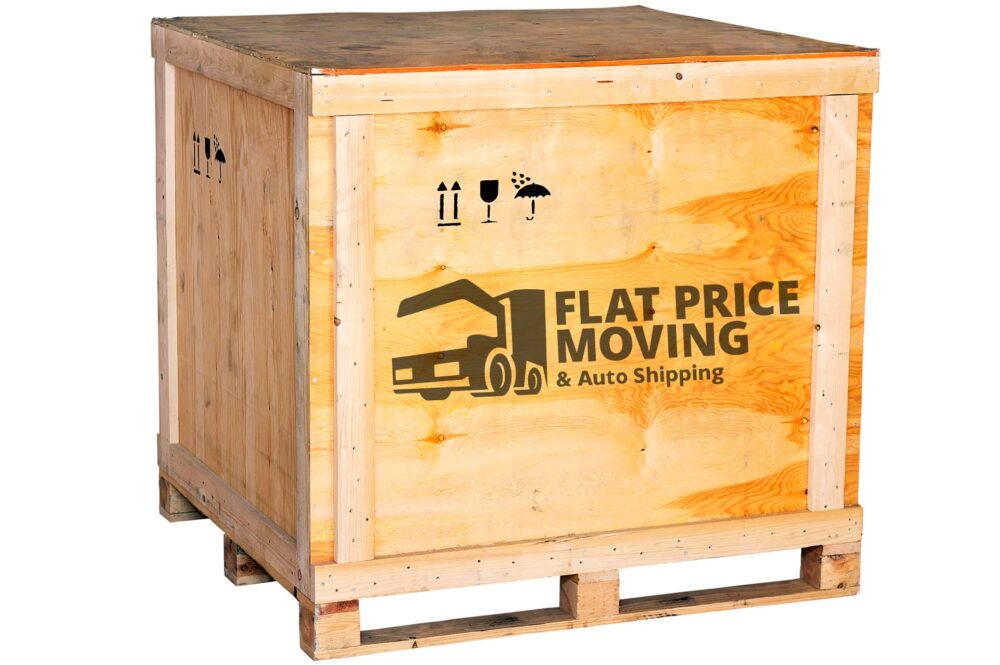
Embrace Different Packing Tips to Fortify Your Belongings
Understanding how to pack efficiently is crucial for this process to run smoothly. However, it is not just about filling boxes randomly. It’s about protecting the unavoidable jostles and bumps that occur during transit. The right boxing-up techniques can be the difference between everything arriving in an implacable or devastated condition. Let’s delve into the nuances of wrapping and packing to ensure your belongings are fortified against the relocation stress.
Figure Out The Art of Wrapping Fragile Items Like Glassware or Dishes
Wrapping fragile items is essential as it emphasizes the importance of proper cushioning and support to prevent breakage. Begin by laying out the materials. Wrap each item first in a sheet of paper to avoid scratches, then in bubble wrap, ensuring the bubbles are against the item to better absorb shocks.
For stuff particularly vulnerable to damage, a double layer of bubble wrap adds an extra cushioning buffer. Secure the wrap with tape, making sure it’s snug but not so tight as to exert pressure on the fragile item. Always label these crates as “Fragile” to alert handlers about sensitive content.
Box Packing Strategies for Maximum Protection
These strategies revolve around minimizing movement inside the box to prevent damage. Start with a cushioning layer at the bottom of the crate for shock absorption. Distribute items by weight, placing heavier ones at the bottom and lighter, more fragile things on top to prevent crushing. Use additional padding to fill any empty spaces to stop unnecessary movement.
A final layer of padding on top adds another level of protection. Securely seal the box with strong tape, reinforcing its edges and seams, and label the box with its contents and handling instructions. This methodical approach creates a secure environment for the belongings, safeguarding them against relocation rigors while significantly lowering the chances of in-transit damage.
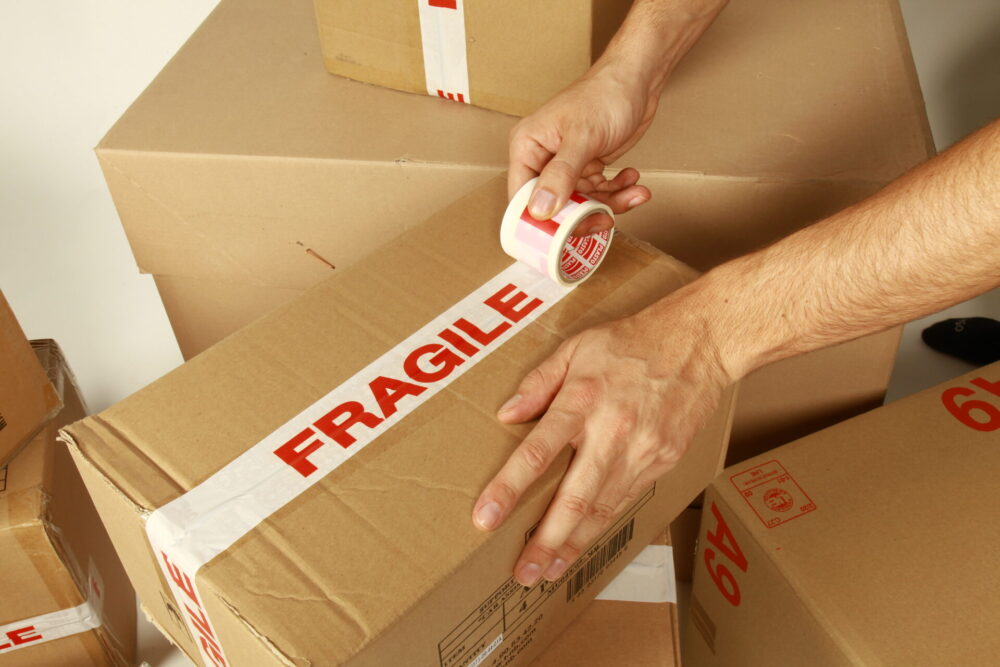
Prepare, Pack, and Move Your Electronics Safely
Preparing and boxing up electronics requires special attention to prevent damage. Start by backing up all your data to ensure no important files are lost. If possible, use the original boxes and packaging your electronics came in, as these are designed to offer the best protection.
If the original packaging isn’t available, opt for sturdy boxes slightly larger than your device and use anti-static bubble wrap to prevent electrical damage. Fill any remaining space with foam peanuts or crumpled paper to keep the possessions from shifting. Lastly, consider detaching any removable cables or accessories to pack separately, avoiding strain on the device’s ports and preventing cable damage.
Efficient Handling and Transporting Techniques for Transporting Valuables and Heirlooms
Moving high-value items like jewelry, artwork, and antiques requires a level of care and attention that goes beyond standard boxing-up methods.
These belongings are usually very valuable and often hold irreplaceable sentimental value.
To ensure their safety, start by documenting each item with photos and notes, providing a clear record for insurance purposes.
For jewelry, use specialized jewelry boxes or pouches that provide individual compartments to prevent scratching and tangling.
Antiques, artwork, and family heirlooms might require custom packaging or padded solutions to accommodate their unique shapes and sizes.
If possible, transport these things personally to guarantee their security. If personal transport isn’t feasible, consider hiring a legitimate company experienced in handling valuable goods. These professionals have the expertise and equipment necessary to safely transport your most precious possessions, providing peace of mind.
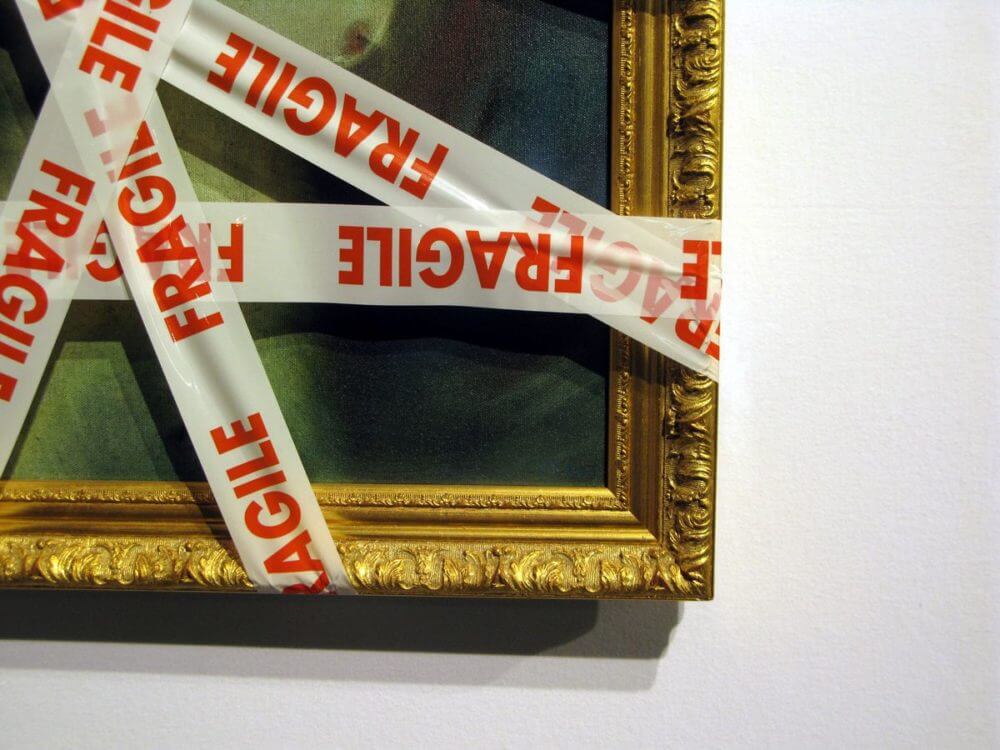
Implement Strategic Loading and Unloading of the Moving Truck
The strategic loading and unloading of the relocation truck are pivotal in ensuring the utmost safety of your breakables. Begin by placing furniture and appliances on the truck first, near the front (closest to the cab). This approach helps distribute weight evenly, maintaining balance and reducing the risk of things shifting while the truck is in motion.
Layer lighter boxes on top, securing them with straps if necessary to prevent movement. When unloading, reverse this process. Start with the lighter items, carefully removing them to clear space, and gradually work your way to the heavier ones.
Use dollies and furniture sliders to aid in the safe removal of heavy objects. Throughout both loading and unloading, maintain clear communication with your team to coordinate efforts and prevent mishandling or dropping containers. Following these strategic practices can minimize the risk of damage and ensure a smoother transition experience.
Auto-Transport
If your first concern is having your vehicle transported safely and efficiently, enclose shipping is the way to go.
Read moreMoving Insurance
Flat Price Moving and Auto Transport Company offers moving insurance to cover potential damages
Read moreStorage Service
Knowing what kind of surprises cross country move may hold, we offer 30 day free storage for belongings at the origin state.
Read moreResearch and Choose the Right Long-Distance Moving Company
Selecting the right company is a critical decision that can significantly affect the success of this long-distance moving journey. Start by reading reviews from previous customers to gauge their reliability and quality of service. Pay close attention to comments regarding their handling of delicate objects.
Excellent customer service is also a key indicator of a reputable company. They should be responsive, helpful, and willing to answer all your questions. Verify that the company is adequately insured, providing coverage options to protect your belongings in case of accidents.
Additionally, check their track record with the Federal Motor Carrier Safety Administration (FMCSA) to ensure they comply with safety and regulation standards. These steps will help you find a mover who values the integrity of these sensitive possessions as much as you do.
Enjoy the Benefits of Hiring Professional Long-Distance Movers
Entrusting your move to professionals dramatically reduces the risk of breakage, thanks to their expert packing and handling techniques. Professionals are trained to handle these things with care, employing methods refined over years of experience. They understand the nuances of packing various items, ensuring each piece is properly protected for the journey ahead. Moreover, experts are equipped with the right tools and materials to ensure an easier relocation process.
Flat Price Auto Transport and Moving stands ready to transform this experience. Our long-distance moving services, which include professional and custom packing solutions, are tailored to meet all of your relocation requirements. Our commitment to excellence and customer satisfaction means we will do anything to make this transition as seamless and stress-free as possible. Trust us to make your journey a breeze, letting you focus on starting a new chapter with peace of mind.
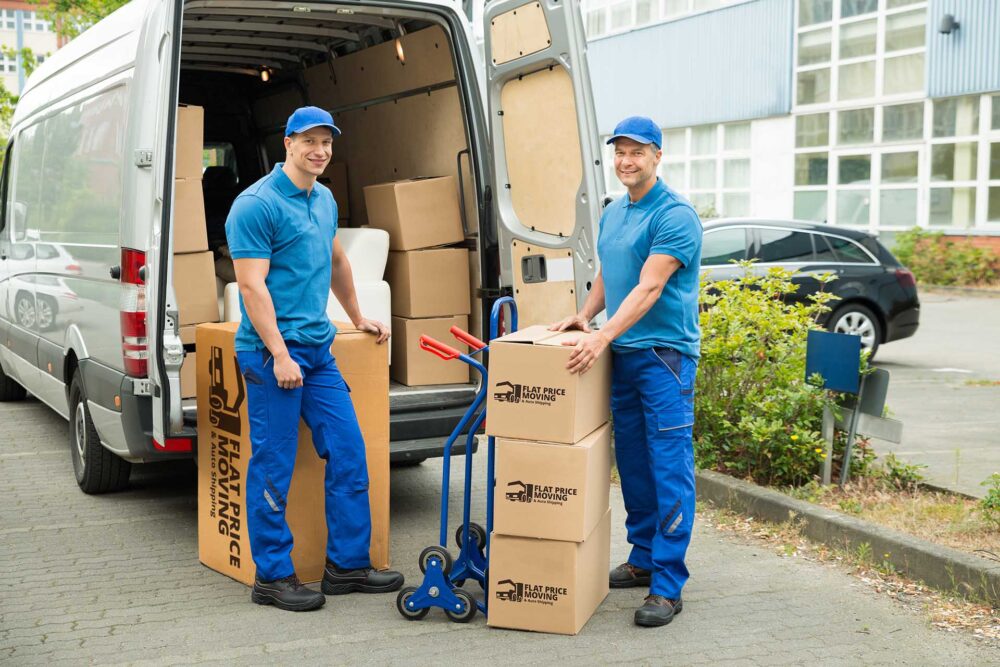
With the Right Cross-Country Movers, Relocating Fragile Possessions Is a Smooth Sail
Moving can be a thrilling new start, but the fear of breaking precious belongings can dampen the excitement. Fortunately, with the right partner, you can ensure that your belongings are in reliable hands. With a Flat Price Auto Transport and Moving company at the helm, you can expect nothing but professionalism and excellence. Our team will make your journey a smooth endeavor, ensuring that your possessions are reaching you in the same condition they left. So, contact us today and let our team handle the rest.
